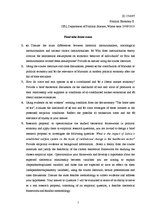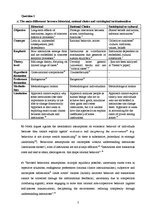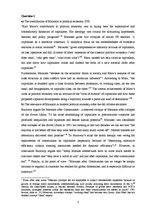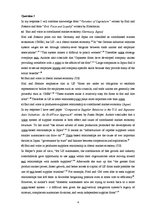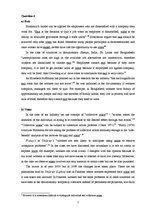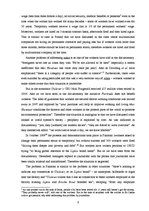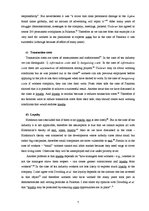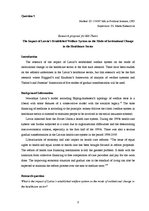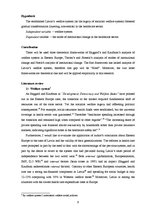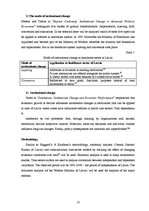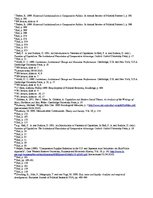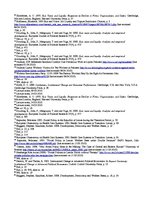2) Institutional change
North in “Institutions, Institutional Change and Economic Performance” emphasizes that economic growth or decline influences incremental changes in institutions (this can be applied to case of Latvia where crises have influenced reforms in health care sector). Path dependency is reinforced by two processes: first, through learning by organizations and, second, historically derived subjective choices. Moreover, short-run decisions and individual choices influence long-run changes. Finally, policy consequences are uncertain and unpredictable” .
Methodology
Similar to Haggard’s & Kaufman’s methodology, statistical analysis (Central Statistic Bureau of Latvia) and cross-sectional time-series models by tracking the effect of changing economic conditions over time will be used. Statistical analysis is used in many econometric studies. Time-series models are used to analyze correlation between independent and dependent variable(s). The observed period will be 1991-2009 – the period of independence of Latvia. The document analysis (of the Welfare Ministry of Latvia) will be used for analysis of the major reforms.
Limitations
I acknowledge that the period of almost twenty years is too broad, because the major reforms were taken in 1991, 1996, 2004 and 2009, therefore I am considering to have analysis only of these 4 years. There can be also limitations in access to the documents of the Ministry.
…
1. a) Discuss the main differences between historical institutionalism, sociological institutionalism and rational choice institutionalism. b) Why does institutionalist theory criticize the neoclassical assumptions on economic behavior of individuals? c) How has institutionalism revised these assumptions? Provide an answer using the course literature. 2. Using the course literature and class discussions, present a) the contribution of Marxism to political economy and b) the relevance of Marxism in modern political economy after the fall of state socialism. 3. How do voice and exit operate in a) a coordinated and b) a liberal market economy? Provide a brief theoretical discussion on the likelihood of exit and voice of producers in their relationship with suppliers in conditions of c) coordinated market economies and d) liberal market economies. 4. Using evidence on tea workers’ working condition from the documentary “The bitter taste of tea”, evaluate the likelihood of a) exit and b) voice strategies of these workers in the presented empirical conditions. Reflect the possible c) transaction costs and the d) relevance of loyalty in your answer. 5. Research proposal: to operationalize the studied theoretical frameworks in political economy and apply them to empirical research questions, you are invited to design a brief research proposal to investigate the following question: What is the impact of Latvia’s established welfare system on the mode of institutional change in the healthcare sector? Provide empirical evidence as background information. Select a theory from the course materials and justify the feasibility of the chosen theoretical framework for studying the chosen empirical topic. Operationalize your framework and develop a hypothesis about the expected theoretical relationship between variables you are aiming to explain (dependent/explained variable) and those that are expected to have an effect on them (independent/explanatory variables), using the course literature, lecture presentations and class discussions. Discuss the most feasible methodology to collect evidence and address your hypotheses. Your answer to Question 5 will be evaluated in terms of its ability to serve as a real research proposal, consisting of an empirical question, a feasible theoretical framework and feasible methodology.

